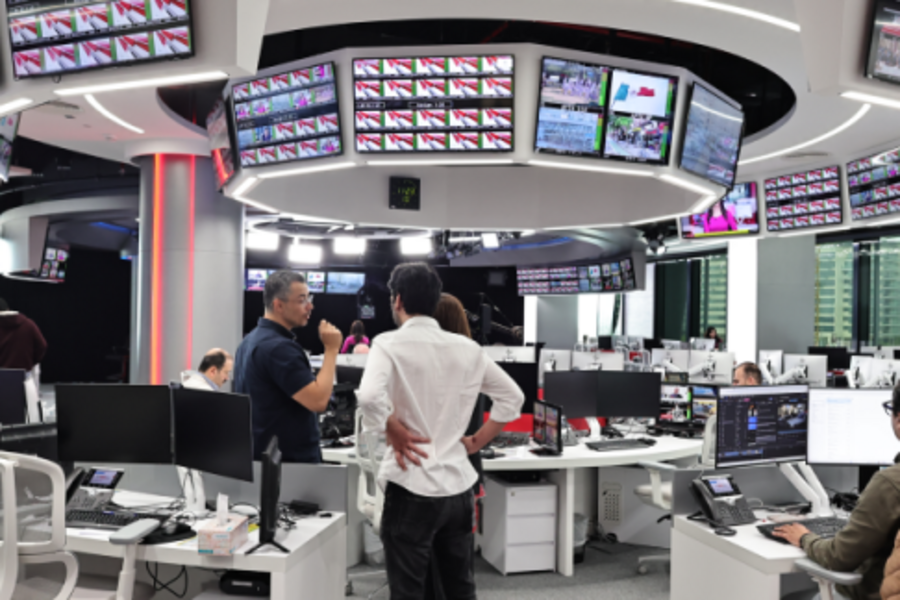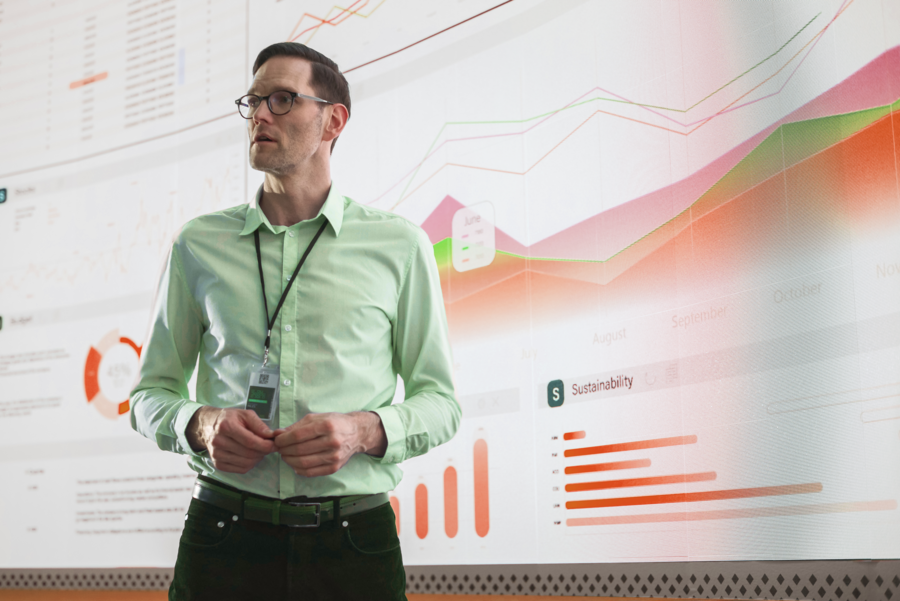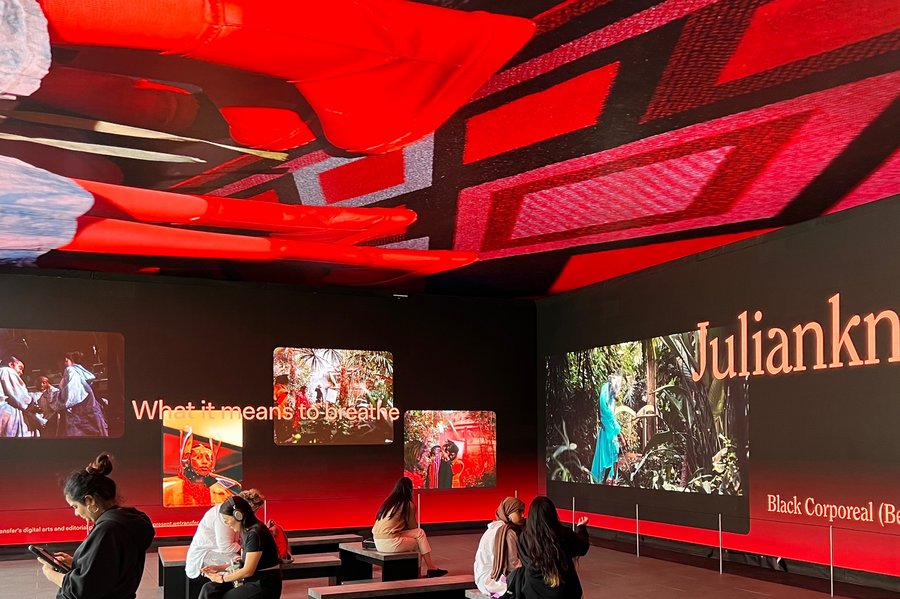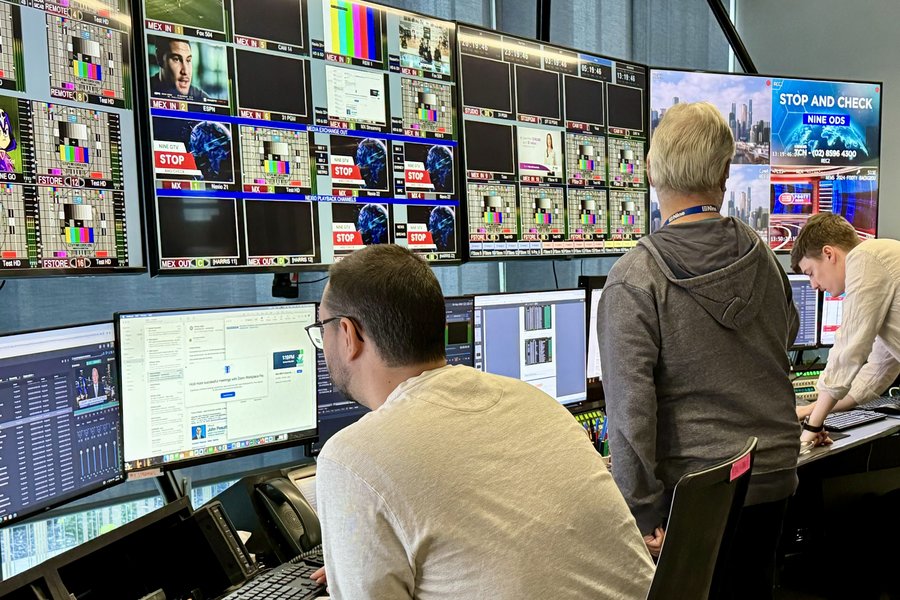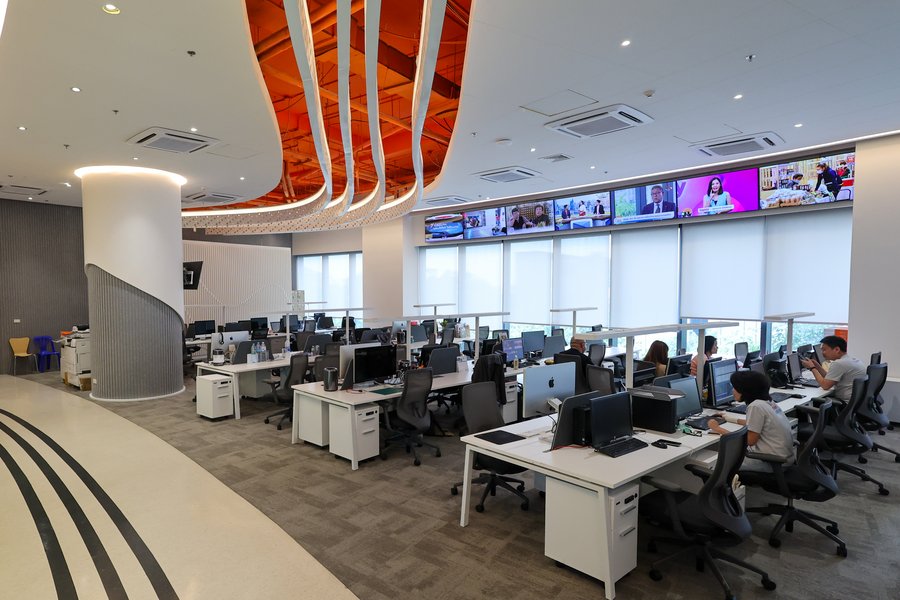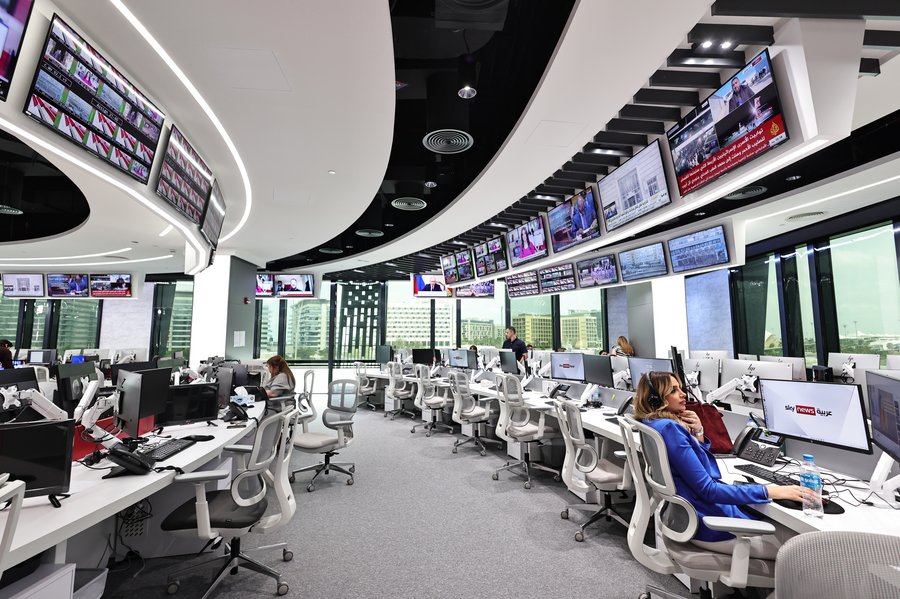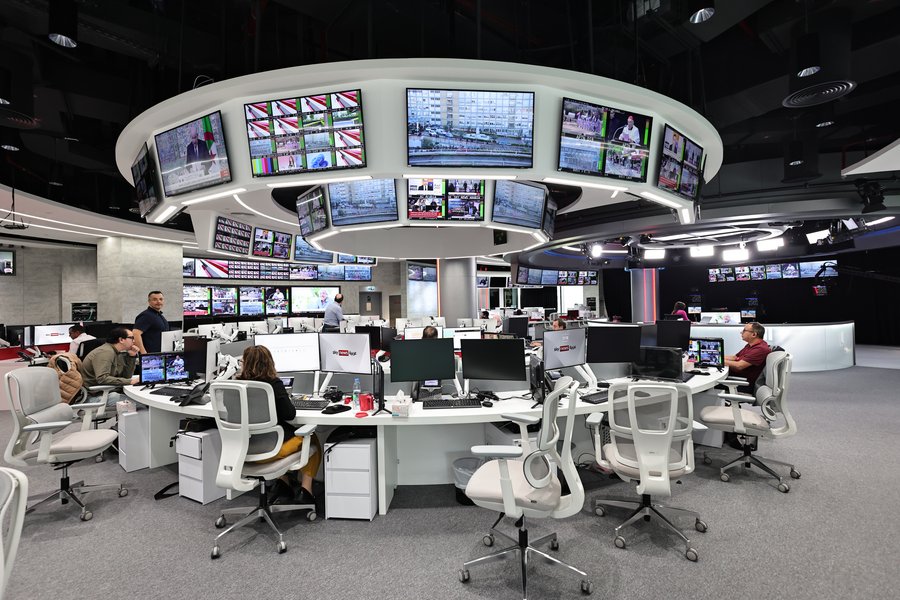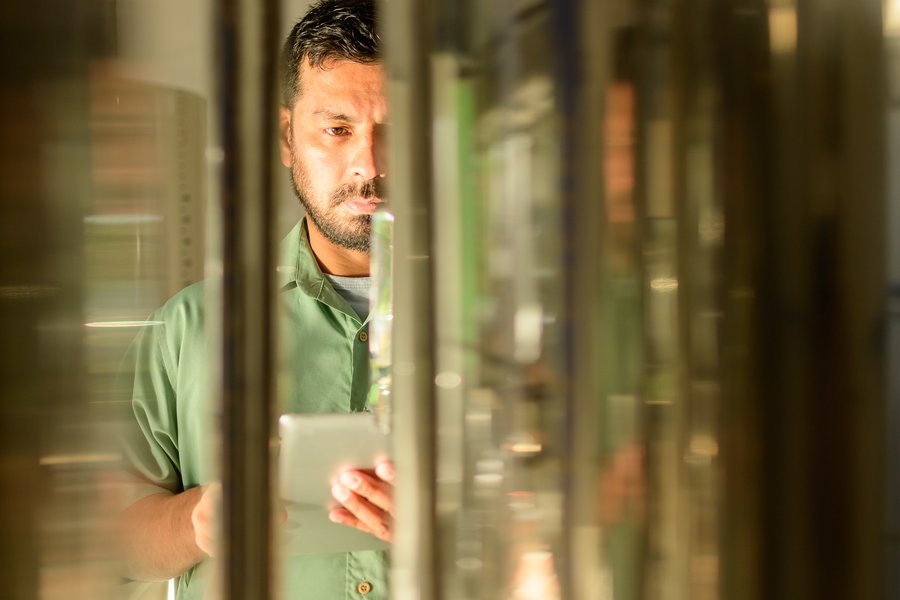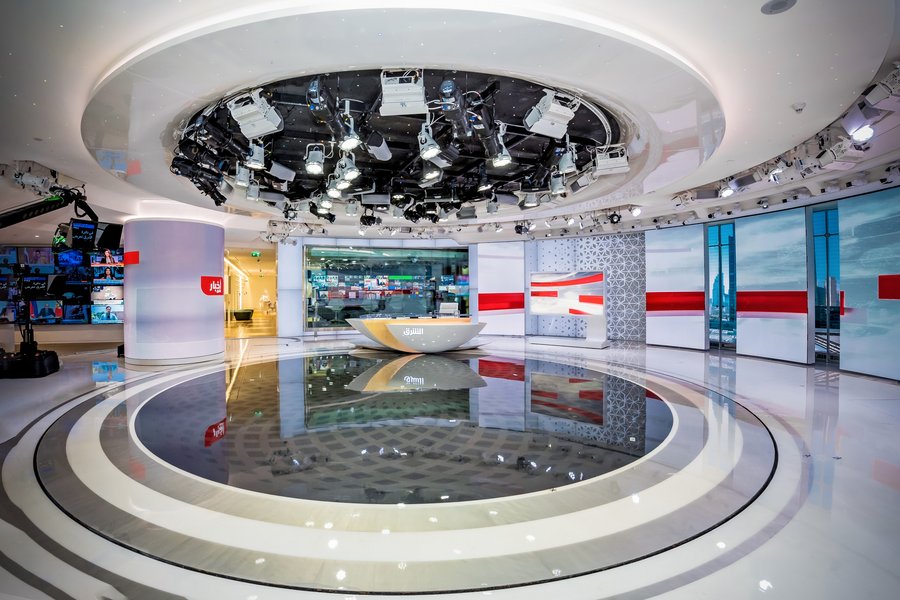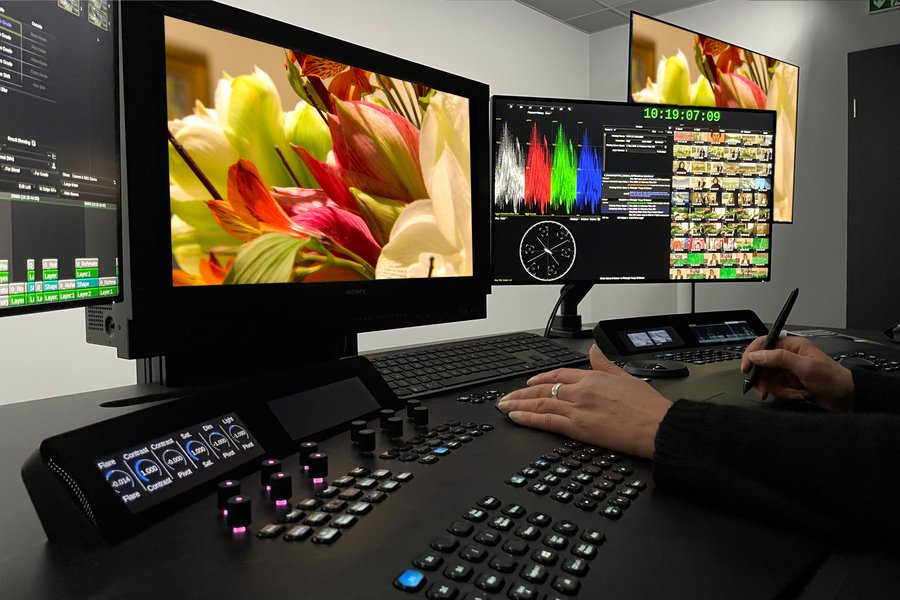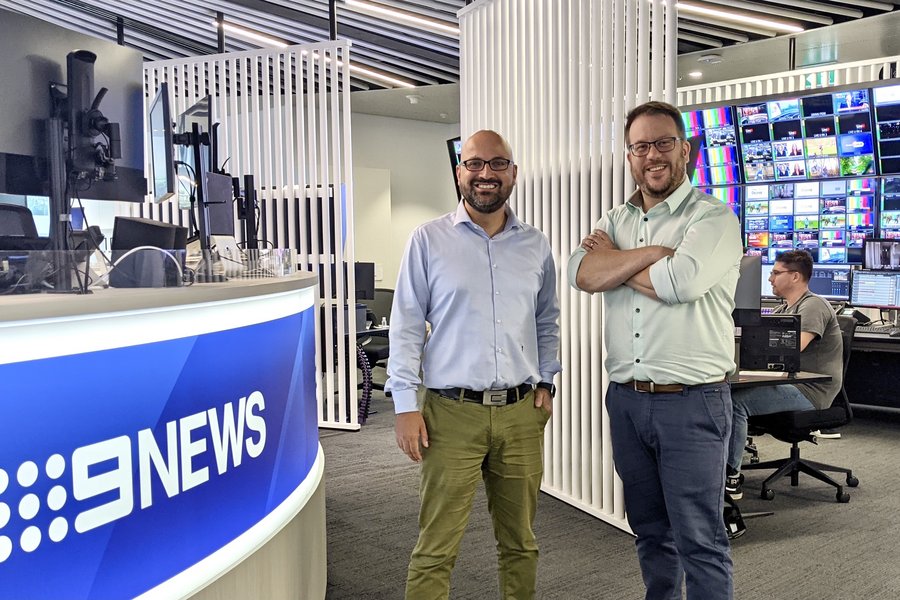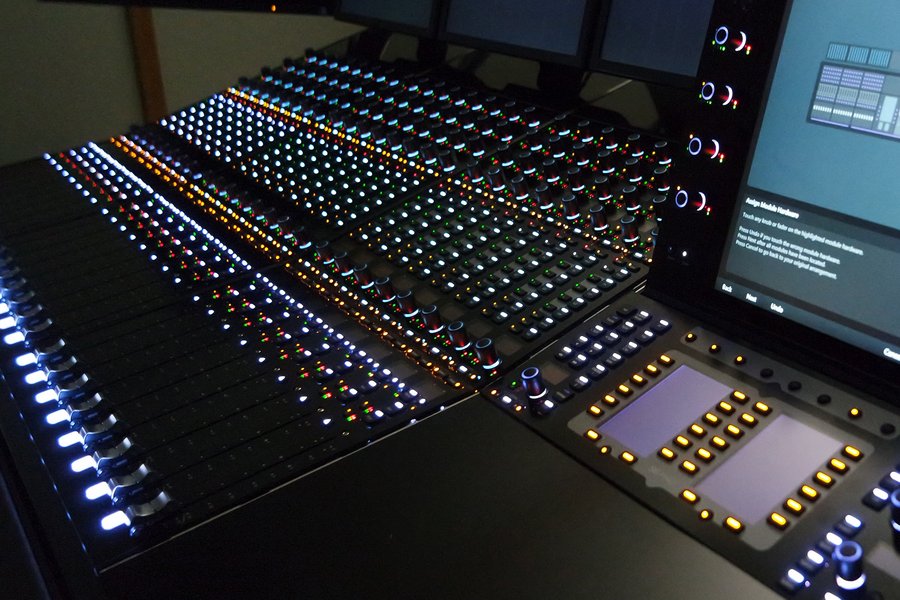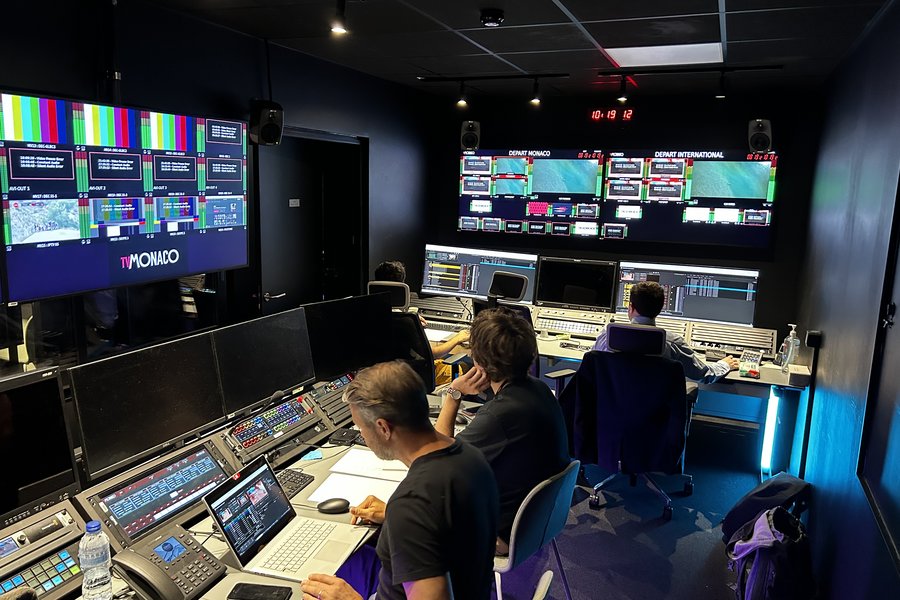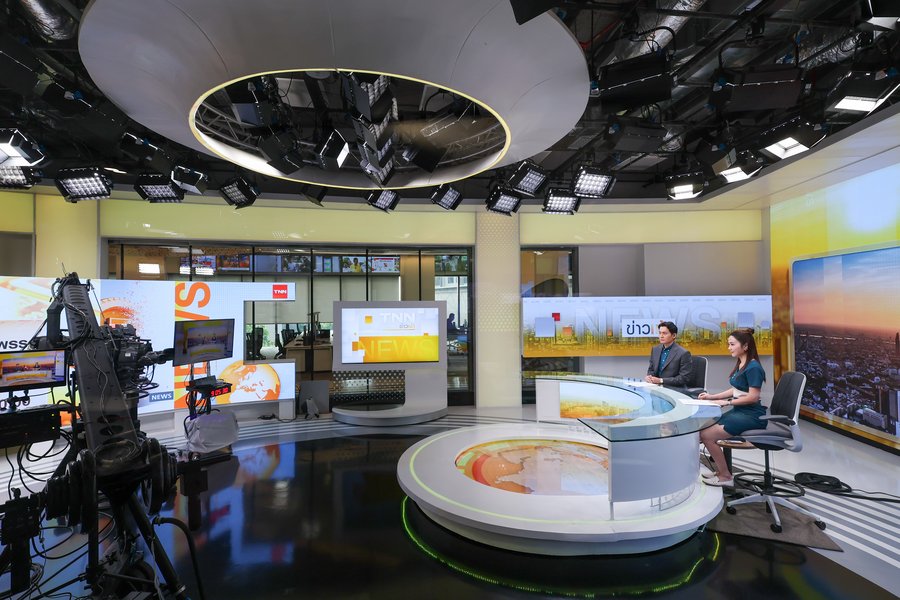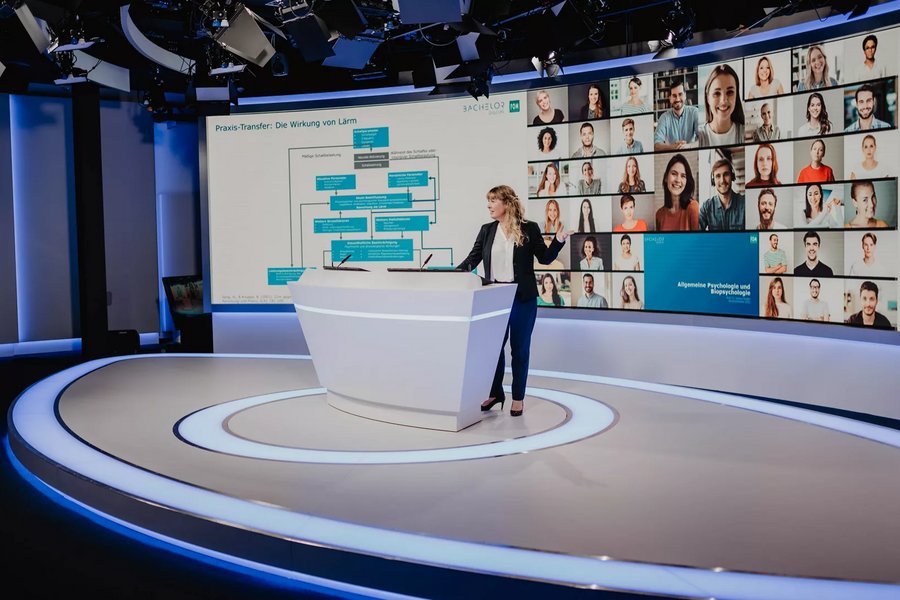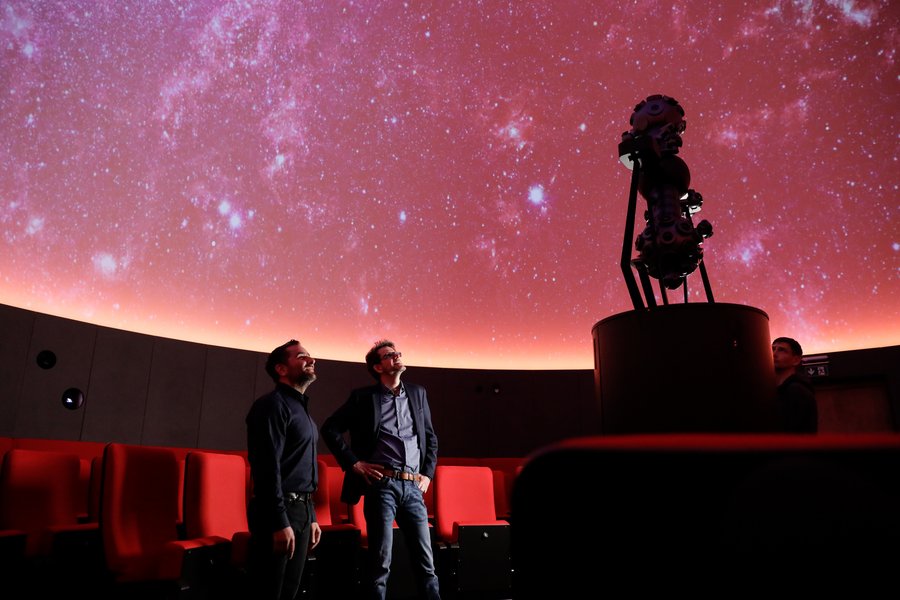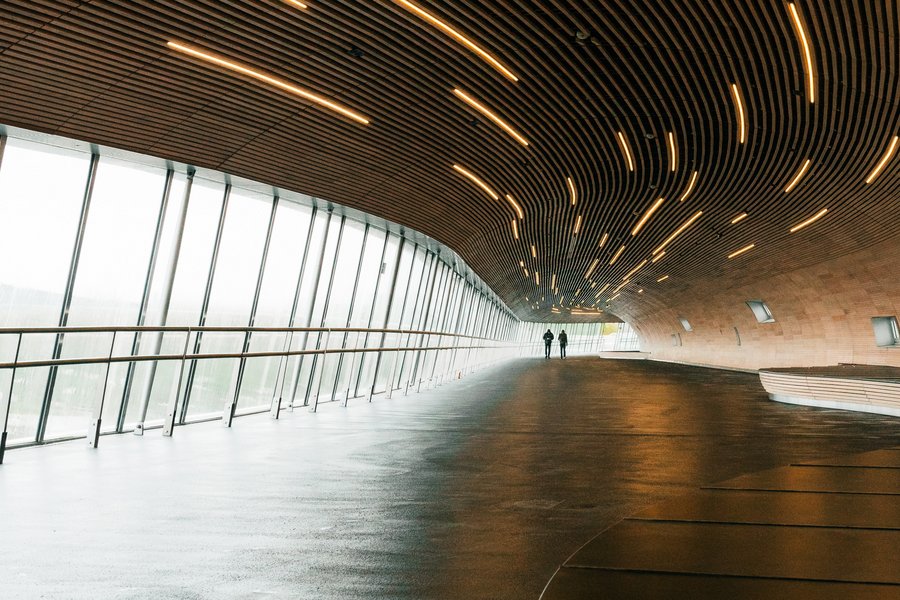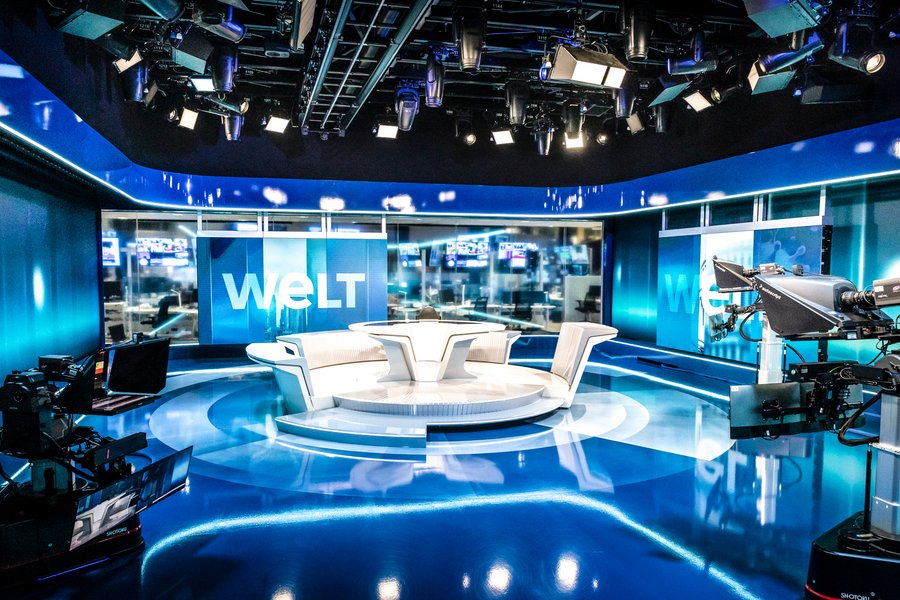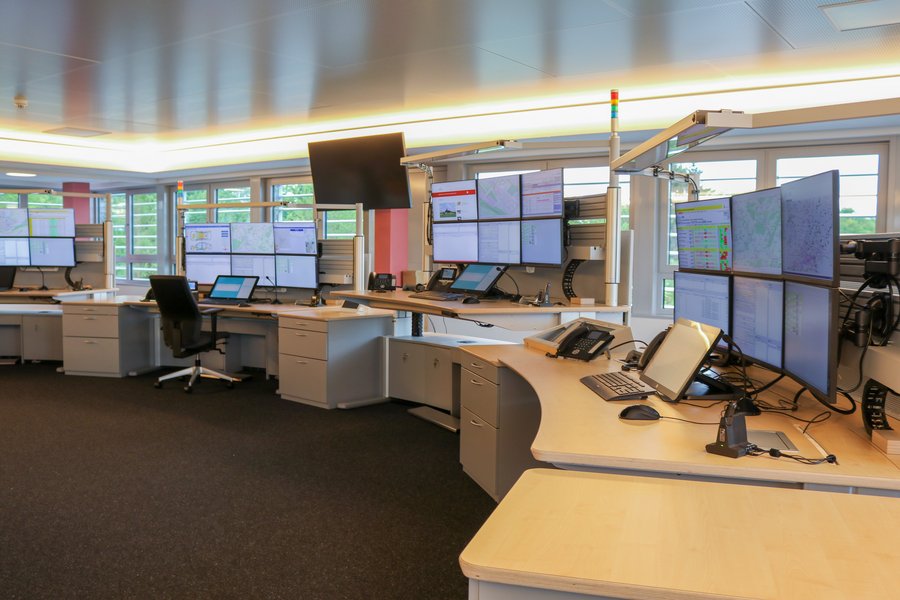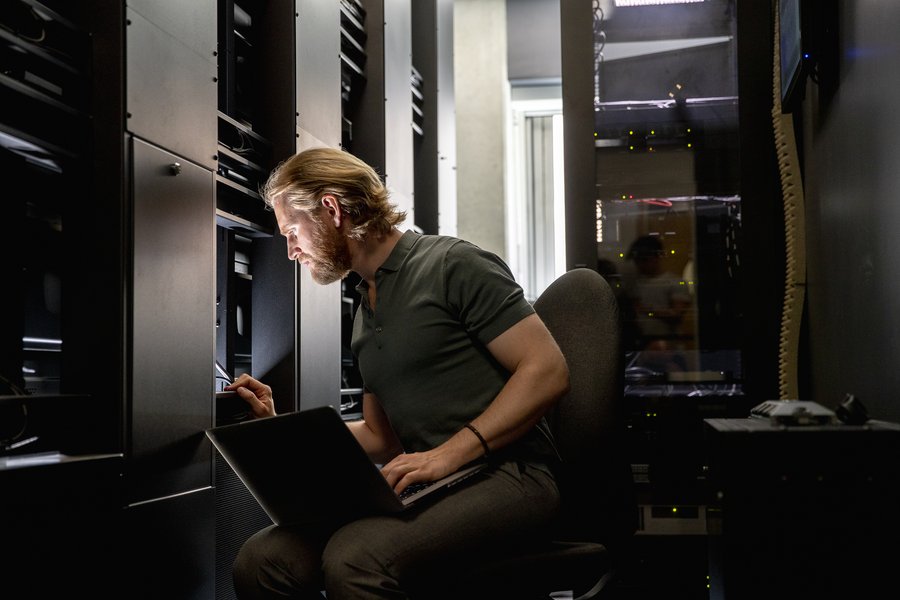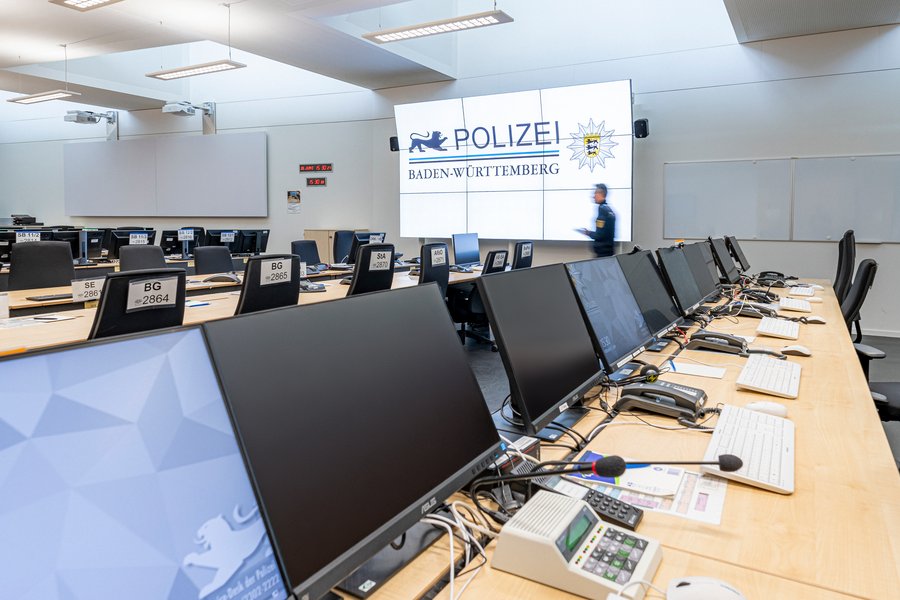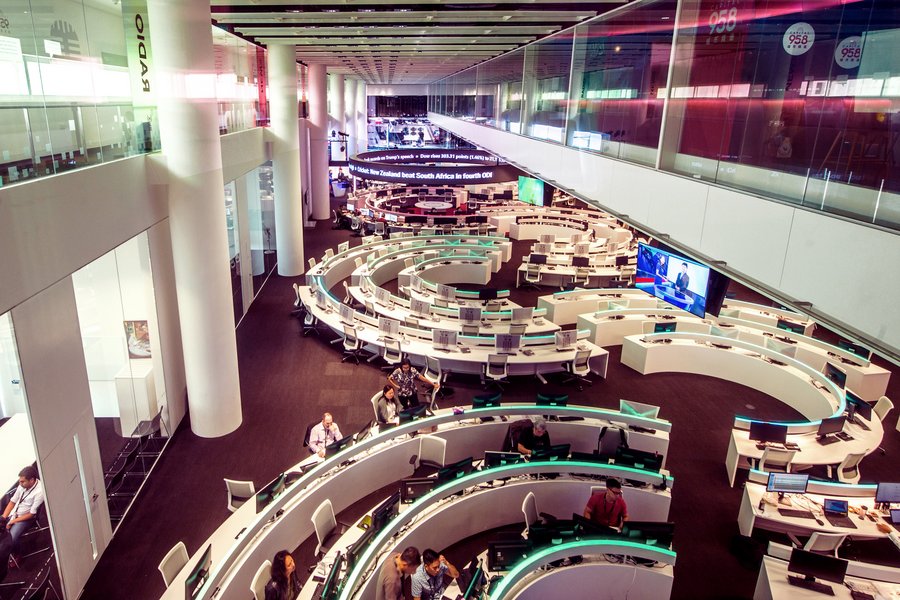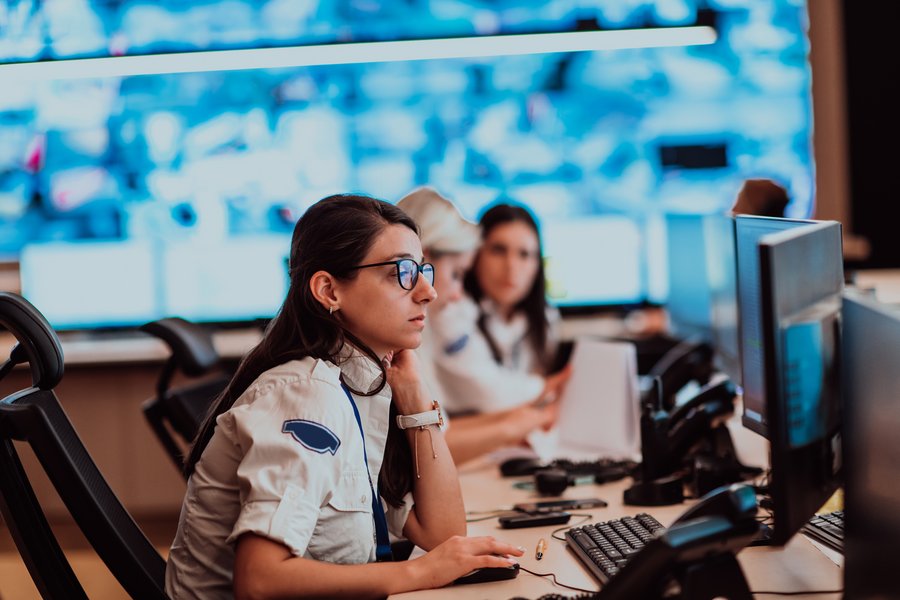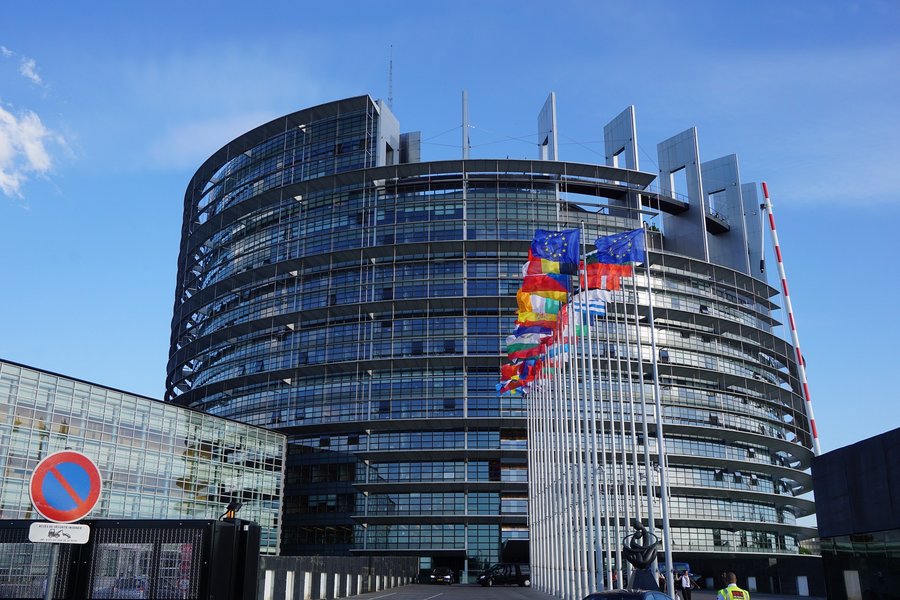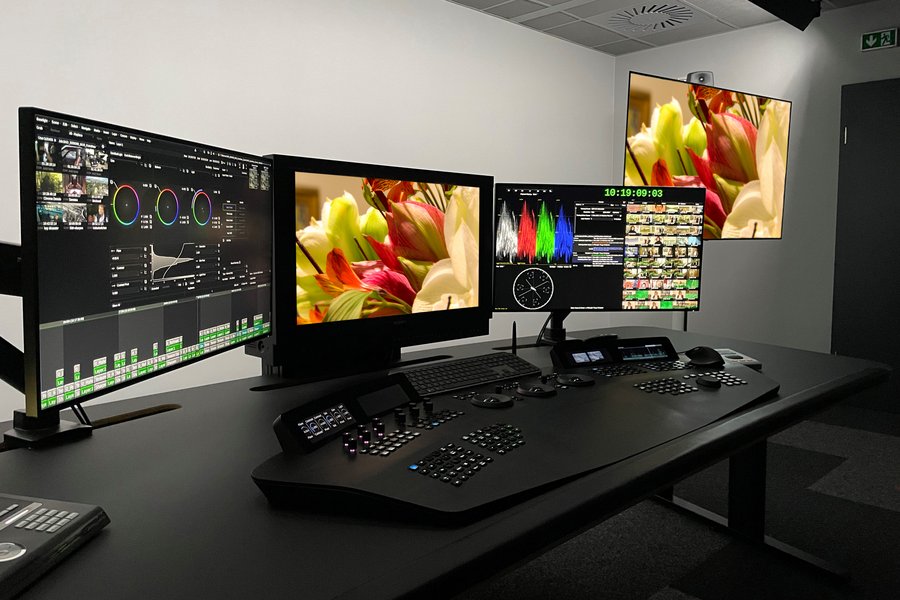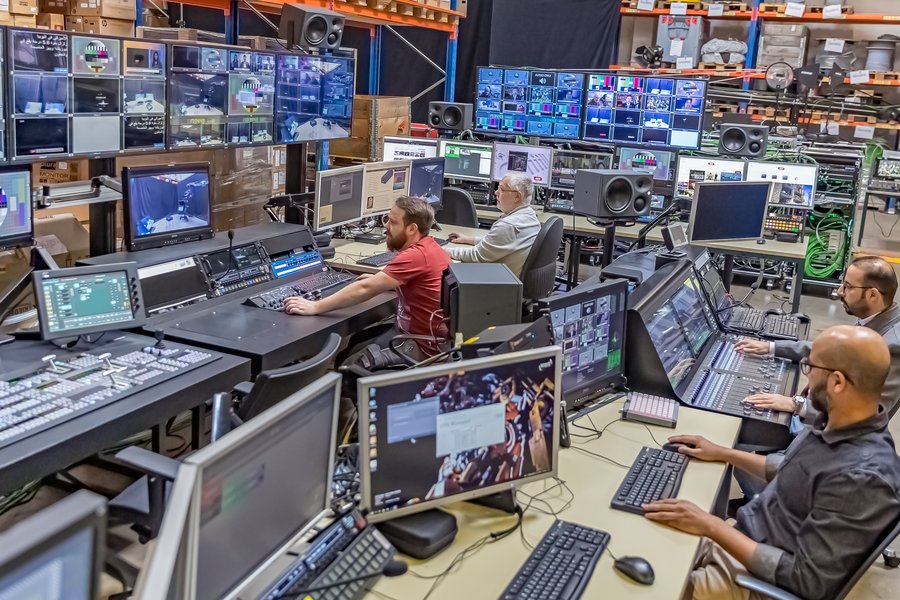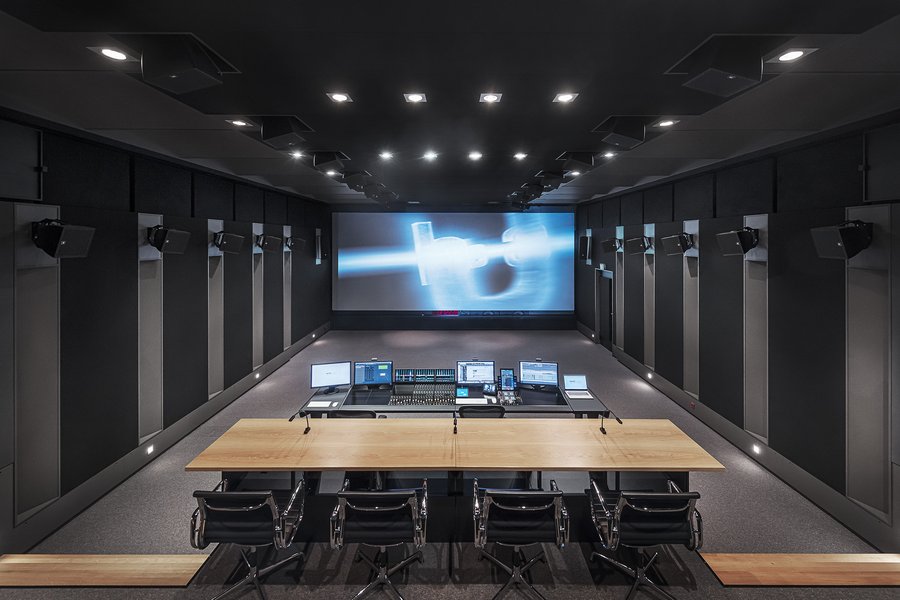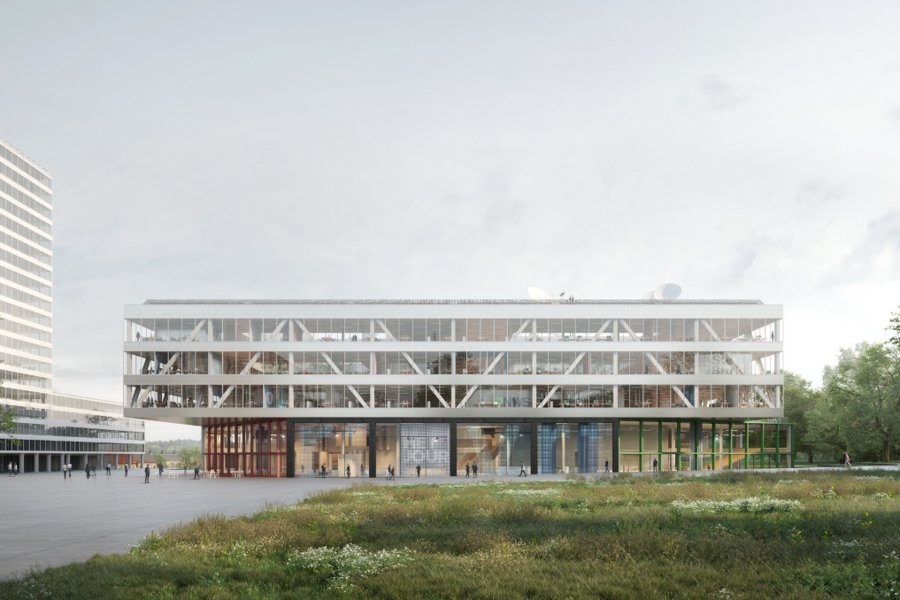Green broadcasting: How sustainability is reshaping media infrastructure
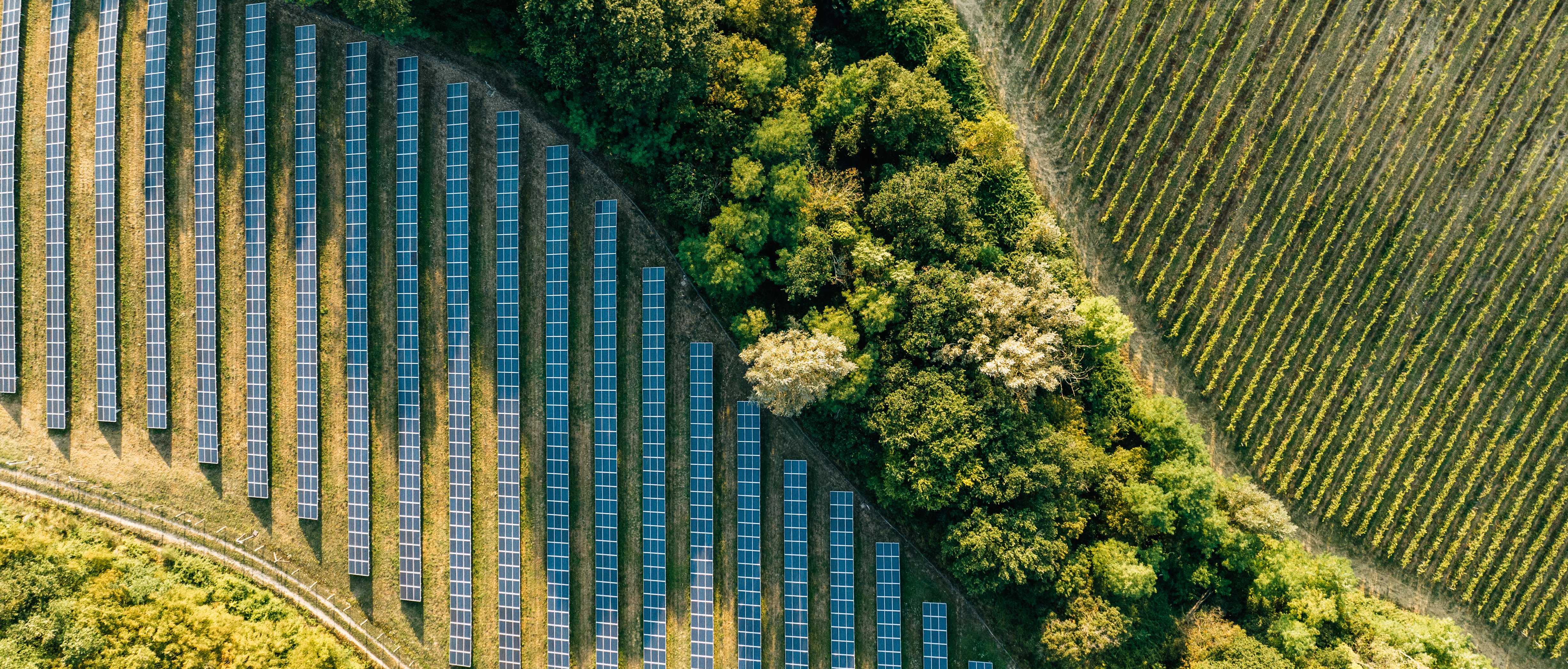
Those who set the right course now lead technologically and socially
Sustainability is no longer a trend, it's a non-negotiable. In the media and entertainment industry, ecological responsibility is becoming a central pillar. Green broadcasting means actively embedding ecological sustainability in media production and infrastructure - technologically, organizationally, and economically.
The shift toward sustainable broadcasting is already underway. Those who act now not only take the technological lead, but also demonstrate social responsibility and secure long-term efficiency, credibility, and competitive advantages.
Starting point and challenges
The media industry is under immense pressure: rising energy costs, increasing regulatory demands (such as the EU Green Deal), a highly aware audience, and the industry's own claim to social responsibility. Traditional broadcast infrastructures are often energy-intensive, hardware-based, and lack flexibility. At the same time, expectations around content quality and availability continue to rise.
Five key challenges
Media companies recognize the need to act, yet there is a gap between vision and implementation. These challenges are not just technical, they touch processes, mindsets, and budgets.
-
High energy consumption of legacy systems: Especially in on-premise environments, scalability is often lacking to transition quickly to greener resources.
-
Long hardware lifecycles with environmental impact: Despite ecological benefits, broadcasters struggle to replace expensive systems before the end of their lifecycle.
-
Lack of transparency around CO₂ footprints: Without end-to-end monitoring, sustainability remains a secondary concern and becomes hard to manage.
-
Complexity of transformation: Sustainability and digitization are running in parallel. The intersection challenges many teams technically and culturally.
-
Uncertainty in choosing sustainable technologies: What looks green today may be outdated tomorrow. Assessing innovation in sustainability requires expertise and market insight.
The good news: These challenges can be tackled with the courage to transform, a clear goal, and a strong technology partner at your side.
Status quo and technology drivers
Numerous technologies and methodologies are already paving the way toward a greener media future. The transition to sustainable production and distribution processes is not tomorrow’s topic, it’s happening today. Key drivers include:
-
Cloud-based production environments: Instead of relying on energy-intensive on-premise data centers, leading media organizations are moving workflows to the cloud. Cloud providers are investing heavily in green data centers powered by 100% renewable energy.
-
Remote production: Decentralized production reduces travel, logistics, and temporary infrastructure, cutting CO₂ emissions and increasing production resilience.
-
IP-based infrastructure: The switch from SDI to IP networks allows for more efficient resource use and flexible scaling, building a foundation for sustainable system architecture.
-
Intelligent workflows: Automation, AI, and data-driven optimization reduce resource consumption by eliminating redundant processes.
-
Lifecycle management & circular economy: Long-lasting, modular systems and responsible recycling significantly reduce material use and electronic waste.
Solutions: How sustainability is shaping infrastructure and production processes
Sustainability isn’t a nice-to-have, it’s a core element in every infrastructure decision. Media companies that build sustainable infrastructures gain agility, cost-efficiency, and reputational strength.
-
Sustainable system integration: Green broadcasting starts in the planning phase. Sustainability is embedded from day one. Qvest develops future-ready, scalable systems that significantly reduce energy and resource consumption.
-
Cloud-first strategies: Strategic migration to the cloud cuts costs and significantly lowers CO₂ emissions. Hybrid models enable a smooth transition with maximum flexibility.
-
Collaborative tools and remote workflows: Cloud-based collaboration tools allow international teams to work together efficiently without travel and with measurable energy savings.
-
Monitoring and transparency: Monitoring solutions continuously measure and visualize resource consumption. This enables organizations to not only define CO₂ targets but also reliably meet them.
-
Sustainability as an innovation driver: The shift toward sustainable technologies accelerates digital transformation and fosters innovation across content creation, distribution, and monetization.
Outlook and recommendations
The media and entertainment industry can become a leader in sustainable technology practices. As decision-makers, you now have the opportunity to shape a future that is ecologically, economically, and socially responsible.
-
Act now. Waiting costs time and resources. Sustainable transformation begins with a single step, today.
-
Think holistically. Sustainability doesn’t apply to isolated tools it concerns the entire infrastructure and production chain.
-
Leverage partnerships. Rely on technology partners with strategic foresight and implementation power.
-
Involve your teams. Green broadcasting is a cultural shift. Empower your people through communication, training, and shared vision.
-
Make success visible. Sustainable efforts are also a communication asset. Use monitoring tools and transparent KPIs to highlight progress, internally and externally.
Conclusion
The key to future-ready media infrastructure: Investing in green broadcasting is more than a smart move, it’s a strategic imperative. Those who take the lead today will shape tomorrow’s media landscape and secure their advantage in a reinvented industry. Qvest is here to support you as navigator, implementer, and innovation partner.



